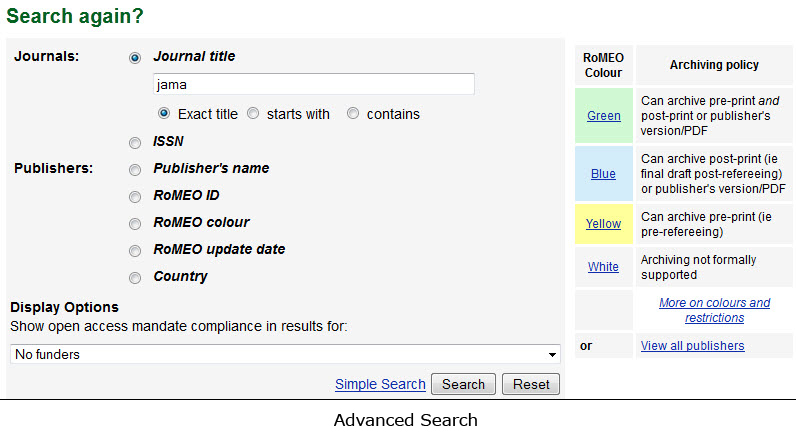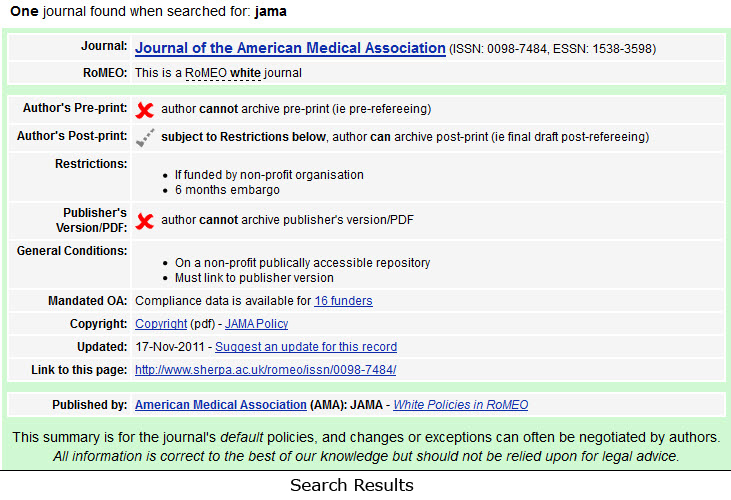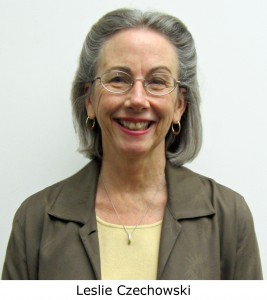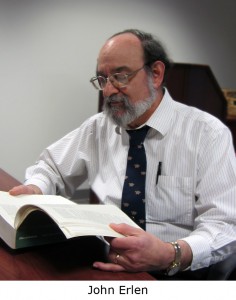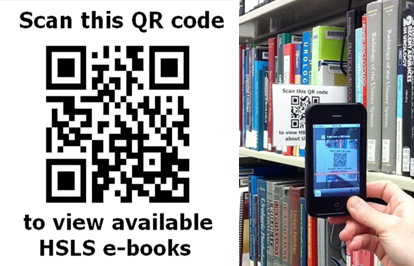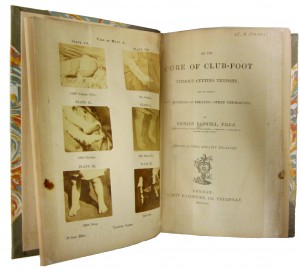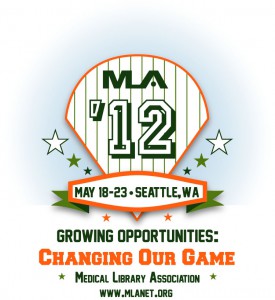 HSLS librarians were active participants in the Medical Library Association’s Annual Meeting held in Seattle, Wash., from May 18-23, 2012.
HSLS librarians were active participants in the Medical Library Association’s Annual Meeting held in Seattle, Wash., from May 18-23, 2012.
Contributed Paper
Carrie Iwema, information specialist in Molecular Biology, presented “Covering the Bases: Running a Library-Based Bioinformatics Service at a Health Sciences University.” Co-author was Ansuman Chattopadhyay, head, Molecular Biology Information Service.
Poster Presentations
Barbara Epstein, HSLS director, “Building a Farm Team: 10 Years of Developing New Academic Health Sciences Library Directors—The NLM/AAHSL Leadership Fellows Program.” Co-authors were Carolyn E. Lipscomb1, Lynn Kasner Morgan2, Julia F. Sollenberger3, and M.J. Tooey4.
1Association of Academic Health Sciences Libraries, Seattle, Wash.
2Mt. Sinai Medical Center, New York, N.Y.
3University of Rochester Medical Center, Rochester, N.Y.
4Health Sciences and Human Services Library, University of Maryland, Baltimore, Md.
Melissa Ratajeski, reference librarian, “Using QR Codes to Promote E-Books.”
Ahlam Saleh, reference librarian, “Grey Literature Searching in Health Sciences Systematic Reviews.” Co-authors were Melissa Ratajeski, reference librarian and Marnie Bertolet1.
1Department of Epidemiology, Graduate School of Public Health, University of Pittsburgh
Presentations and posters of HSLS participants are available on the HSLS Presentations Web page.
Other Conference Activities
Barbara Epstein, HSLS director, is incoming chair of the Scholarly Communications Committee. Epstein also presented the Open Forum on Scholarly Communication and moderated a plenary panel titled “Comparative Effectiveness: Trends and Issues.”
Carrie Iwema, information specialist in Molecular Biology, was a panelist on the AAAS/Science Translational Medicine Reception and Panel where she presented “Personal Genomics, Personalized Medicine, and You.” Iwema was also a judge for the MLA 2012 Research Award and volunteered at the Grants and Scholarships Committee’s scholarship booth.
Melissa Ratajeski, reference librarian, co-chaired the Chapter Council Presents Sharing Roundtables with Angela Dixon, University of Rochester.
~ Jill Foust

